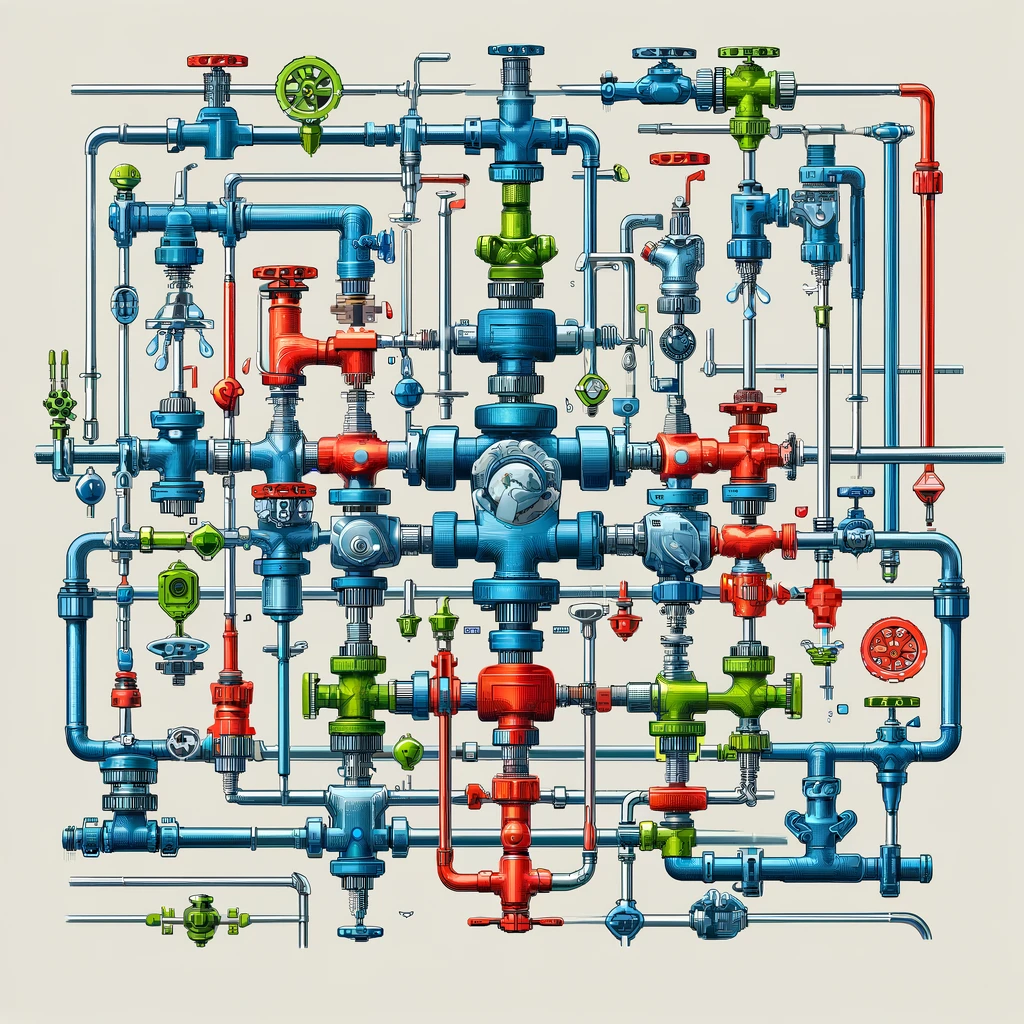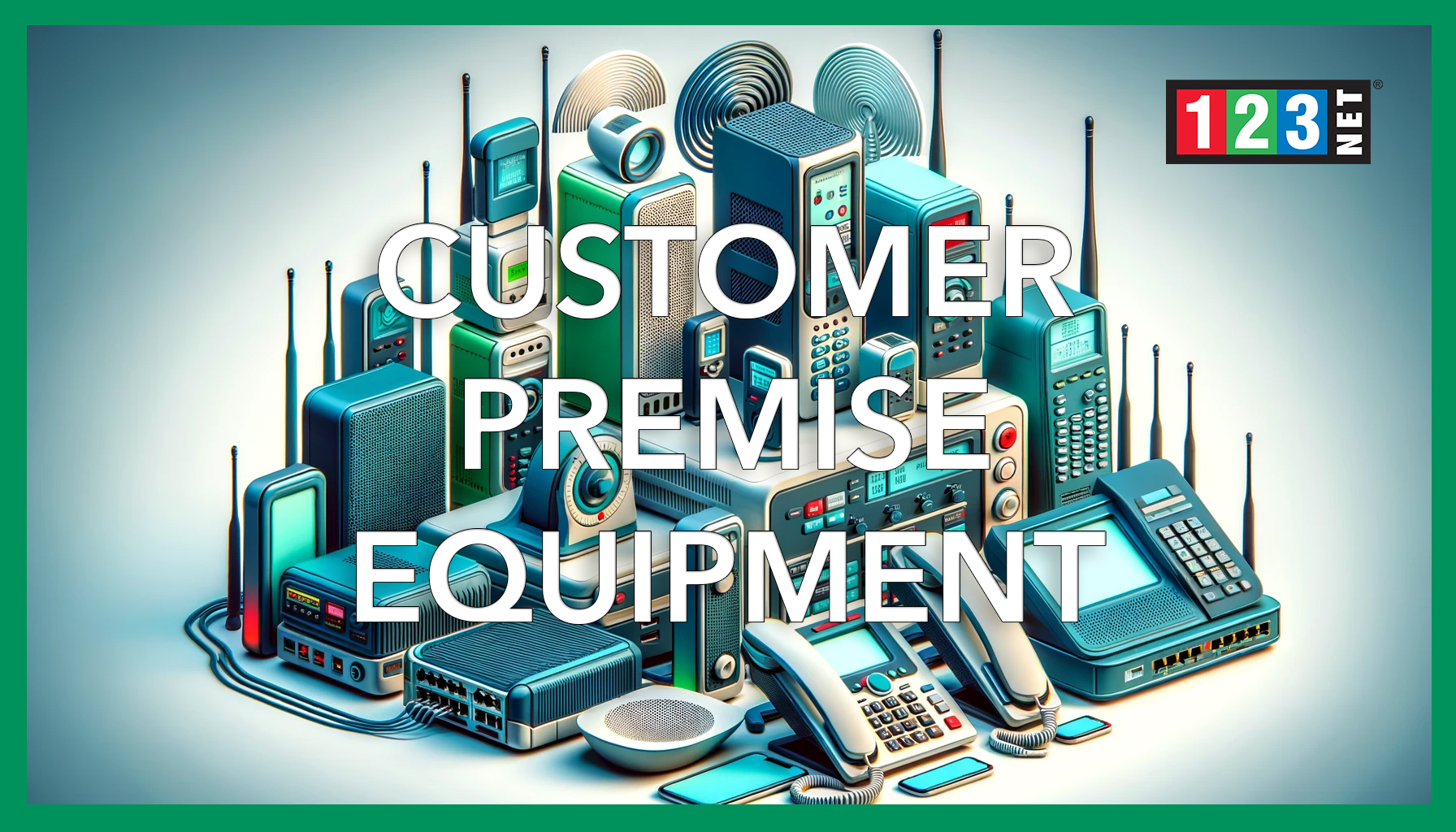
Introduction to Cross Connections
Cross connections in plumbing systems represent a significant concern for water quality management, as they allow for the potential intermingling of potable and non-potable water supplies. These connections pose serious risks to public health and understanding their definition, importance, and the impact they have is essential for ensuring the safety of drinking water and compliance with health standards. This section aims to explore how cross connections can adversely affect water quality and will highlight the crucial need for vigilant monitoring and effective management. By focusing on preventing such connections, we can safeguard water supplies from contamination, thus protecting community health and maintaining regulatory compliance. The following discussion underscores the necessity of understanding and addressing cross connections to preserve the integrity of water systems and ensure public safety.
Types of Cross Connections
Physical Backflow Devices
One of the most common and effective types of cross connection control devices is the physical backflow preventer. These devices are designed to stop the reverse flow of water from non-potable sources into the drinking water supply. They play a crucial role in water safety systems, particularly in situations where there is a significant risk of contamination due to pressure changes in the plumbing systems. Various models of backflow preventers are available, including reduced pressure zones and double check valves, each tailored to specific risk levels and types of connections.
Air Gaps
Air gaps are the simplest and most reliable method of preventing cross contamination. They function by providing a physical space between the water outlet and any place where water might collect and potentially become contaminated. This gap ensures that there is no direct connection between the two, thus eliminating the risk of backflow. Air gaps are often used in domestic settings, such as between a sink and the drain line of a dishwasher, where they are easy to install and maintain.
Non-Return Valves
Non-return valves, or check valves, are installed within piping systems to allow water to flow in only one direction. They automatically close to prevent water from flowing backwards, which is essential in preventing backflow in lower-risk scenarios. These valves are crucial in systems where back pressure can occur, ensuring that any potential contaminants from non-potable water sources do not enter the potable water system.
Importance of Preventive Measures
Each of these devices plays a vital role in maintaining the integrity of water systems and preventing the hazards associated with water contamination. Implementing and maintaining these devices is essential for safeguarding public health and ensuring that water systems are free from the risks posed by cross connections. Regular checks, proper installation, and adherence to regulatory guidelines are key to effective cross connection control.
Risks Associated with Cross Connections
Cross connections pose severe risks to public health and environmental safety by potentially introducing contaminants into potable water supplies. Understanding these risks is crucial for implementing effective controls and maintaining water system integrity.
Contamination of Drinking Water
One of the primary dangers of cross connections is the contamination of drinking water. These connections can inadvertently allow bacteria, chemicals, pesticides, and other hazardous substances to enter the potable water system. This contamination can occur anywhere in the system where there is a possibility for non-potable water to intersect with drinking water lines, such as at industrial sites, agricultural operations, or even within residential plumbing systems. The result can be widespread public health crises if not managed correctly and promptly.
Case Studies of Cross Connection Failures
Historical incidents provide stark reminders of the consequences of inadequate cross connection control. Case studies, such as the infamous backflow incident in Cabool, Missouri, where E. coli contaminated the town’s water supply, illustrate the potential for disaster. These events highlight critical failures and underscore the importance of robust backflow prevention devices and strategies to protect public health.
Health Impacts
The ingestion of contaminated water due to failed cross connections can lead to serious health issues, including gastrointestinal illness, neurological disorders, and other severe health complications. Vulnerable populations, such as children, the elderly, and those with weakened immune systems, are particularly at risk. The potential health impacts further emphasize the need for stringent regulatory measures and heightened public awareness.
Regulations Governing Cross Connections
Regulations are fundamental to effectively managing cross connections, ensuring water safety, and maintaining public health. They encompass a range of local and national standards that must be diligently followed to prevent water contamination risks.
Local Regulations and Compliance
Local governments play a critical role in the fight against water contamination by enforcing specific codes and standards. These local regulations are tailored to address the unique challenges and environmental conditions of each area, ensuring that all water systems adhere to stringent safety measures. Compliance with these rules is mandatory for all water utilities and private entities, ensuring that the infrastructure in place can effectively prevent any form of water contamination resulting from cross connections.
National Standards and Guidelines
On a broader scale, national agencies such as the Environmental Protection Agency (EPA) set guidelines that aim to unify water safety standards across states. These guidelines provide a framework for water safety and hygiene that all local systems are encouraged to meet or exceed. The EPA’s role is crucial in establishing baseline standards for backflow prevention, routine inspections, and contamination response strategies, which help ensure consistent water quality and public health protection throughout the country.
Importance of Regulatory Adherence
Adherence to both local and national regulations is not just a legal obligation but a critical component of maintaining water system integrity and public health. By complying with these standards, water providers help prevent the severe health risks associated with water contamination from cross connections. Regular audits, public reporting, and ongoing staff training are essential practices that support compliance and enhance the overall effectiveness of water safety measures. These efforts collectively ensure that communities remain safe and that the water they consume meets the highest quality standards.
Detection and Prevention of Cross Connections
Ensuring the safety of water systems from cross connections requires a well-rounded approach that includes rigorous inspection protocols and the implementation of preventive measures. These strategies are vital for maintaining high water quality standards and safeguarding public health.
Inspection Protocols
Regular inspections are fundamental in identifying potential risks associated with cross connections. As well as ensuring that water systems comply with plumbing regulations. These inspections help in detecting any unauthorized or unintended connections between potable and non-potable water systems. Utilities often employ certified specialists who use advanced diagnostic tools to assess and verify the integrity of water systems. The frequency and rigor of these inspections depend on several factors. These are including the type of facility, the complexity of the water system, and the potential severity of contamination risks. By systematically identifying vulnerabilities, water utilities can address issues before they lead to serious contamination.
Preventive Measures and Best Practices
Implementing preventive measures is critical for reducing the risk of water contamination from cross connections. This includes:
- Routine Maintenance: Regular maintenance of plumbing systems ensures that all components, especially backflow preventers and non-return valves, are functioning correctly. Scheduled maintenance prevents the degradation of these critical components, which might otherwise lead to failure and subsequent contamination.
- Staff Training: Educating staff on the importance of hygiene and safety in water systems management is crucial. Training programs should cover the proper installation and maintenance of prevention devices. Also understanding the dynamics of water flow and pressure, and the protocols for responding to contamination incidents.
- Policy Implementation: Establishing and enforcing policies that mandate the use of appropriate cross connection control devices in commercial, industrial, and residential properties is essential. These policies should be aligned with the latest health and safety regulations to ensure comprehensive protection.
- Community Engagement: Engaging the community through education about the risks of cross connections and how they can be prevented helps raise public awareness. This can lead to more vigilant and informed behaviors that further support the efforts of water utilities.
The Importance of Comprehensive Approaches
These efforts in detection, prevention, and education are crucial for maintaining the integrity and safety of public water supplies. They help prevent the health hazards associated with contaminated water, ensuring that communities not only have access to clean water but also trust in their water systems to deliver it safely. By maintaining rigorous standards and fostering a culture of safety and awareness, water utilities can effectively manage the risks posed by cross connections.
Maintaining System Integrity Against Cross Connections
Ensuring the safety and integrity of water systems against cross connections demands ongoing maintenance and professional oversight. Regularly scheduled checks and the engagement of expert services are central to preventing malfunctions and contamination. These are crucial for the long-term reliability and safety of water supply systems.
Routine Checks and Maintenance Tips
Regular system checks are the first line of defense in preventing cross connections and the subsequent risk of water contamination. These checks should include:
- System Assessments: Frequent assessments of the water system to identify any potential cross connection points or failures in backflow prevention devices.
- Device Testing: Testing backflow preventers and non-return valves regularly to ensure they function correctly and do not allow any reverse flow.
- Record Keeping: Maintaining detailed records of inspections, maintenance, and any repairs done on the water system. This helps in tracking the system’s history and predicting potential future issues.
- Updating Systems: Upgrading old or inefficient components that may be more prone to failure, ensuring that all equipment meets current standards and regulations.
Adhering to these maintenance tips helps in preemptively identifying issues that could compromise water quality, thereby maintaining system integrity.
Professional Services and Expert Interventions
Engaging specialists in backflow prevention is vital for maintaining system integrity. These professionals provide:
- Expert Advice: Offering tailored advice based on the specific needs and configurations of a water system.
- Custom Solutions: Designing and implementing customized solutions that address the unique challenges faced by different water systems.
- Advanced Support: Providing support for more complex systems or when unusual or critical problems arise.
Professional services ensure that water systems not only comply with regulatory requirements but also operate at peak safety and efficiency. Their expertise is invaluable in scenarios where standard maintenance isn’t enough to guarantee system integrity.
The Role of Regular Maintenance and Oversight
Regular maintenance combined with professional oversight forms the cornerstone of effective water system management. These practices are essential not just for preventing immediate issues but also for ensuring the longevity and safety of water systems. Through diligent care and expert involvement, water providers can uphold the highest standards of water quality and system reliability, safeguarding public health and environmental compliance.

FAQs
- What is a cross connection control program? A: This program involves strategies and practices designed to prevent contamination of the potable water supply due to cross connections.
- How can one identify a potential cross connection? A: Regular inspections and understanding the layout of plumbing systems are essential.
- What are the consequences of ignoring cross connection warnings? A: Neglecting these warnings can lead to severe public health crises and legal consequences.




